
The Best Homestay in Rajasthan and seventh best in India - TripAdvisor rating of 2021.

STORY OF DEOGARH
The story of Deogarh begins in 1382. At that time, Maharana Lakha of Chittor was quite old when Prince Rao Rinmal from Mandor sent him a horoscope and a coconut, a traditional marriage offering, for his sister, Princess Hansa Bai, to marry Chunda. Chunda was the heir apparent, and Maharana Lakha accepted the proposal, joking that such youthful gifts were not meant for him.
Chunda, a young prince, initially suggested that his father, Maharana Lakha, should marry Princess Hansa Bai, believing the proposal was intended for an older man. However, during the discussion, Rinmal clarified that the proposal was for the heir apparent, meaning Hansa Bai would marry the future king and become queen. Maharana Lakha agreed to marry her but with the condition that if he had a son, this son would succeed him as king. Chunda accepted this condition, and when a son was born, he stepped down, allowing his younger brother Mokul to become the king of Mewar.
The Deogarh family, revered as the Bhishma Pitamas of Chittor, saw many of Chunda's sons born, but only four survived - Salumbar, Begum, Amet, and the youngest, Deogarh. Despite being the youngest, Deogarh and his siblings were sharp, young, and talented, and they successfully conquered a large area encompassing nearly 240 villages. To this day, the Deogarh family owns the Raila Fort, located about 140 km from Deogarh. Our forefathers, depicted in the photo below, were very capable rulers. The family's original domain was in Kelwa under Patta's leadership, from where they moved to Amet and Manpura via Maliyakawas. By 1670 AD, they settled in Deogarh, where they established the village and have resided ever since.
The valour of the Chundawats dates back to Chunda's heroic act when he risked his life to protect Hansa Bai and his nephew Mokal from an attack by the intoxicated Rinmal, who aimed to usurp the throne of Mewar (Chittor) by killing Mokal. Chunda's fourth son, Sangha, started a separate branch known as the Sangawats, who now own Deogarh Mahal.
In 1994, the Deogarh family transformed the Mahal into a hotel, which was managed for about 25 years by my brother (Rawat Veerbhadra Singh), mother (Maji Sabh Andaata Bhooratna Prabha Kumari), father (the late Rawat Nahar Singh Ji), and me. Although I still own Deogarh Mahal, my family and I moved to Dev Shree in 2015, a property we developed with a blend of Hindu and Islamic architecture, designed by architect Major Mant. This design features a central courtyard surrounded by rooms and a veranda, overlooking the Ragho Sagar Lake with a view of Gokul Garh fort. Here at Dev Shree, I live with my wife (Bhavna Kumari of Ghanerao) and our two sons (Mahadhriti & Bhagyaditya), to whom I am passing on the Chundawat legacy. This tale captures the essence of Deogarh history, weaving the story of Deogarh and the enduring legacy of the family of Deogarh through generations.
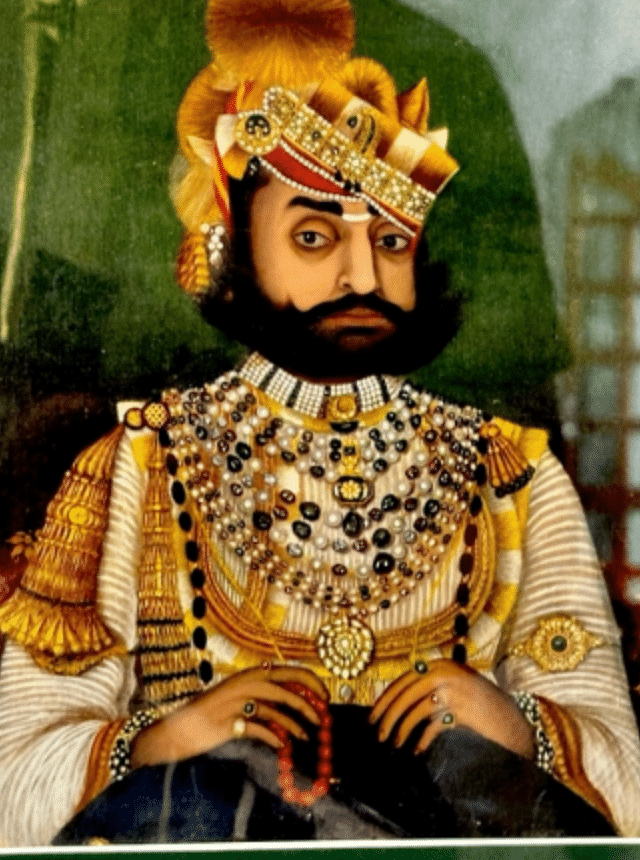
Rawat Ranjit Singh Ji (1847-1867)

Rawat Kishan Singh Ji (1867-1900)

Kunwar Anop Singh Ji
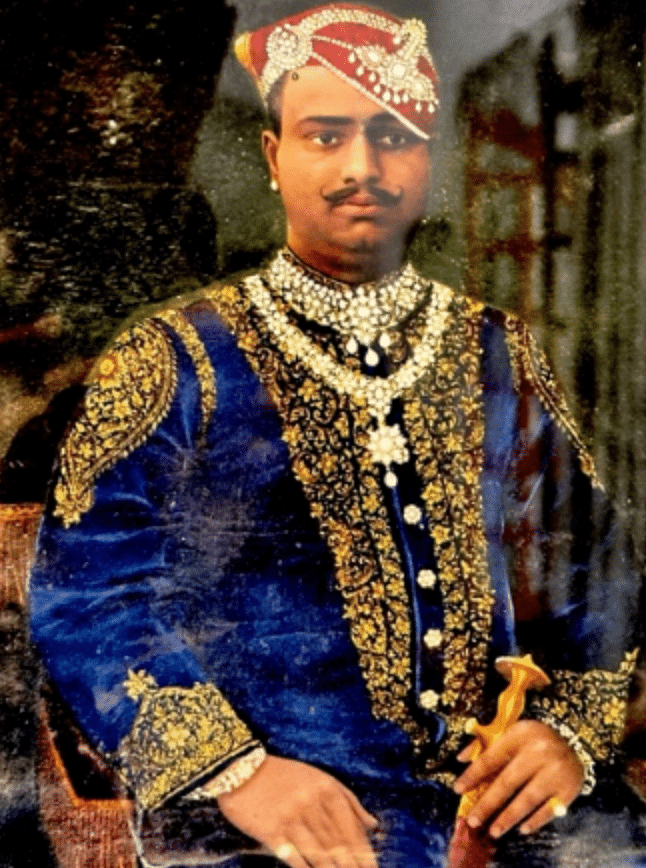
Rawat Bijay Singh Ji (1900-1943)

Rawat Sangram Singh Ji 1943-1965


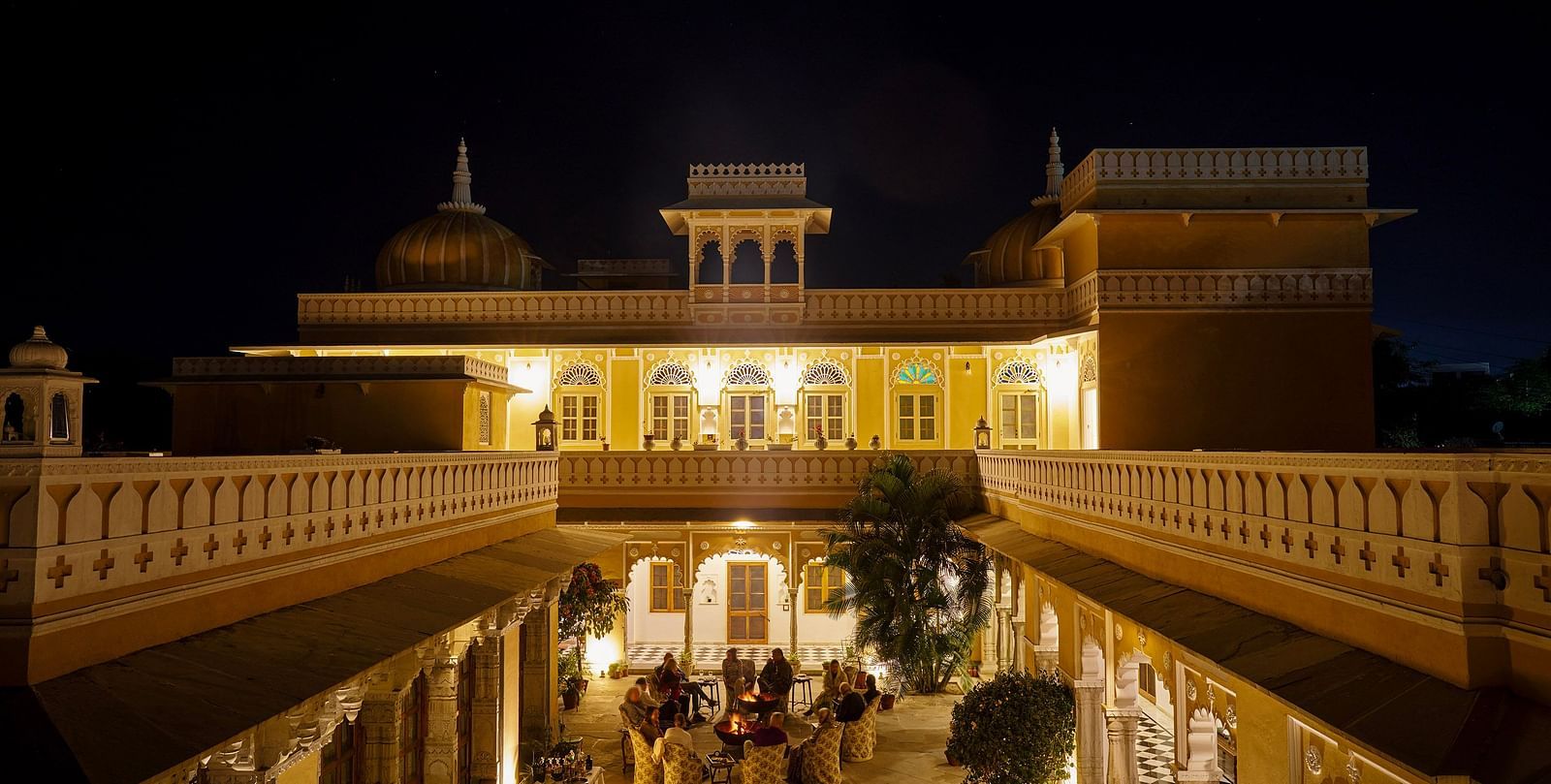
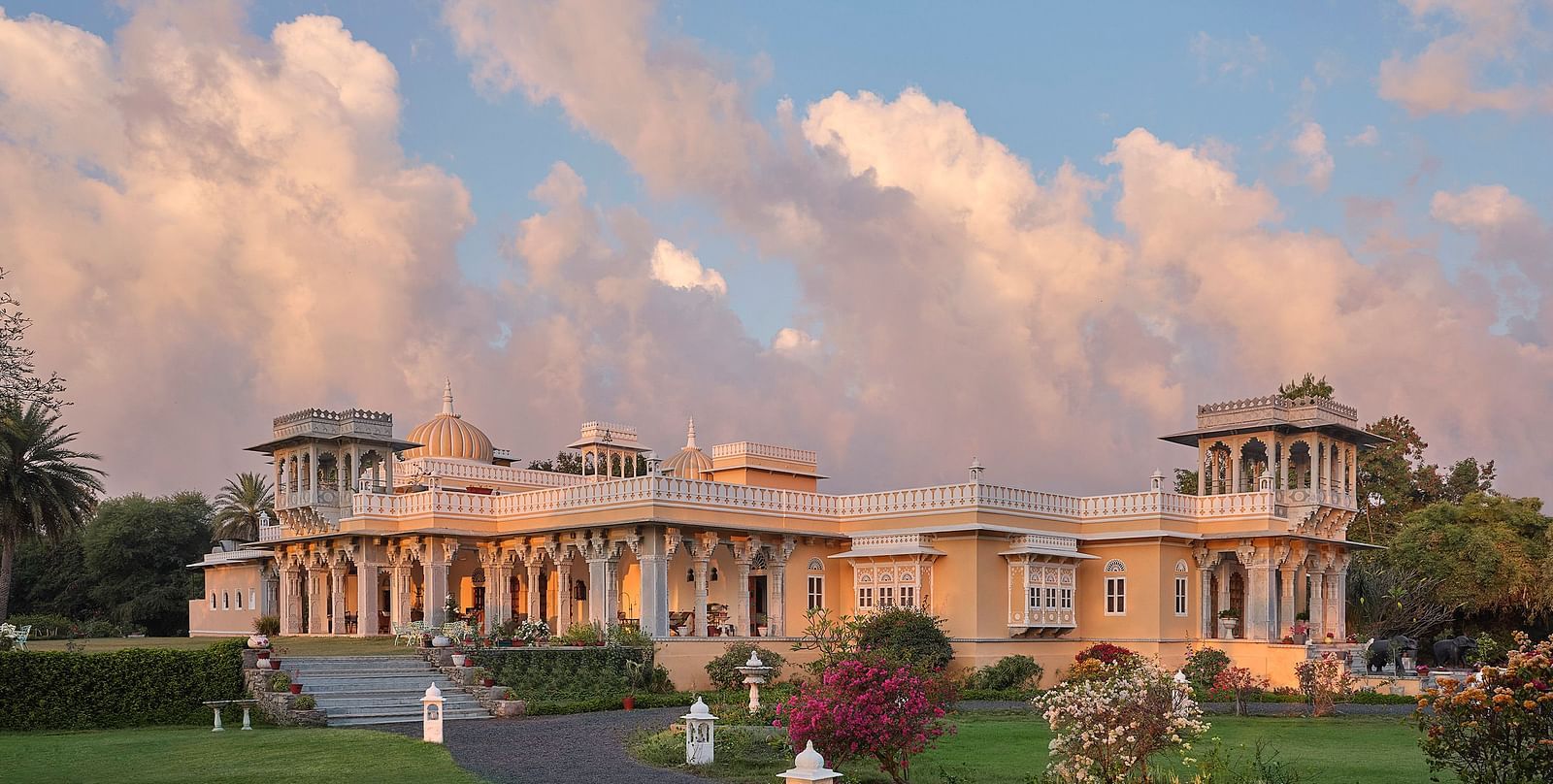
EXCLUSIVE OFFERS AT DEV SHREE DEOGARH HOTEL
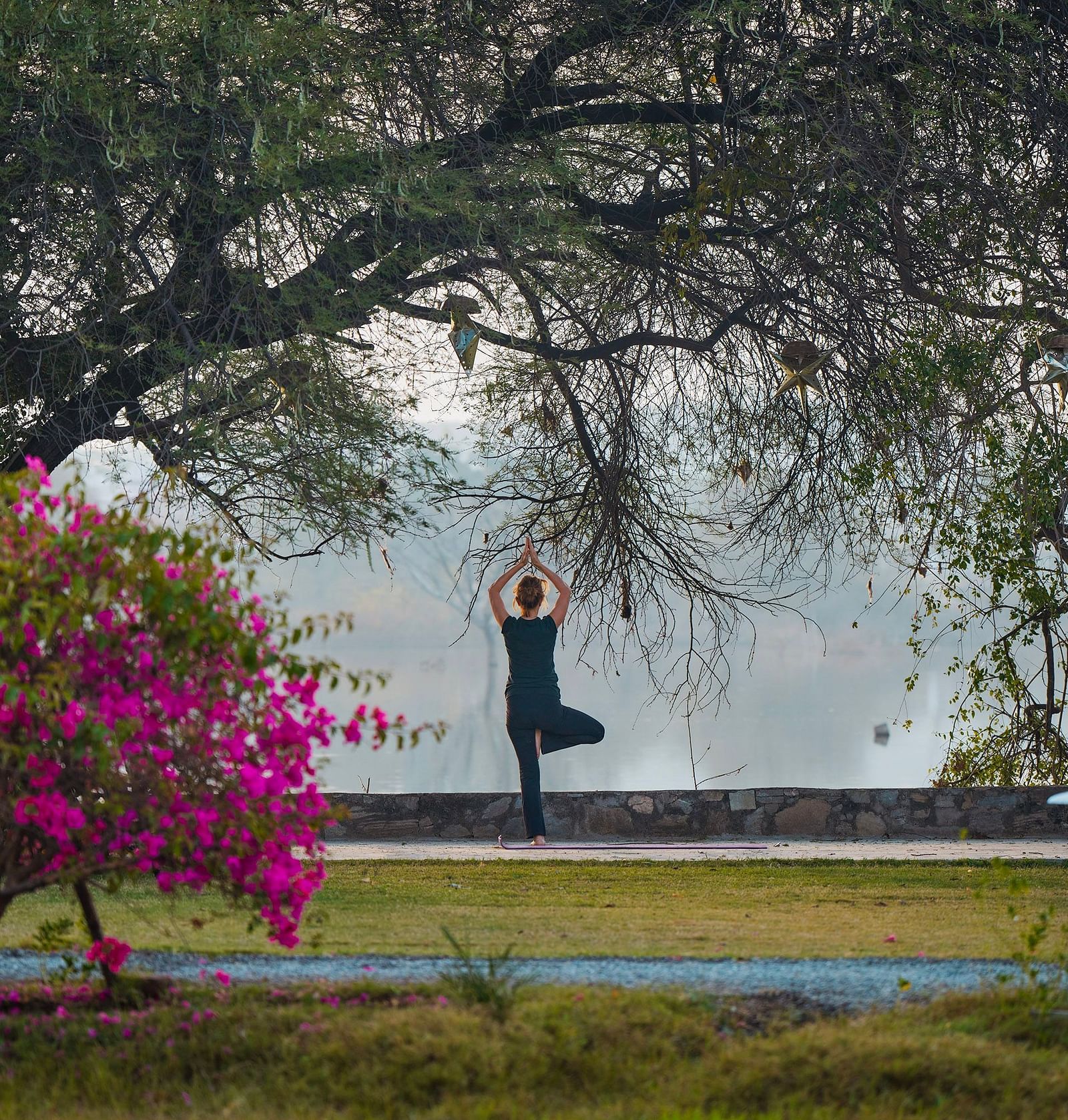
Stately Experience Offer
Explore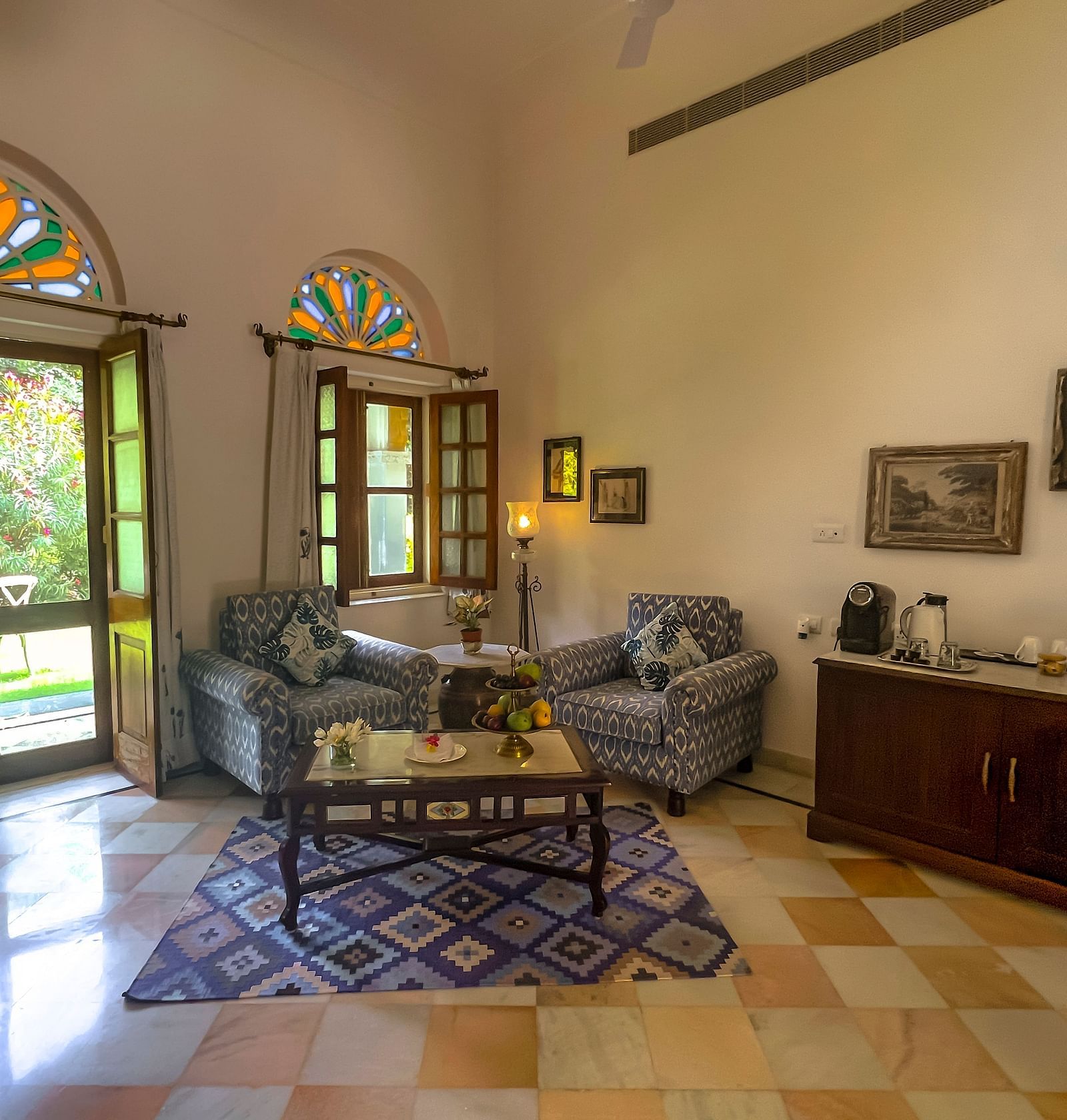
Special Summer Package
Explore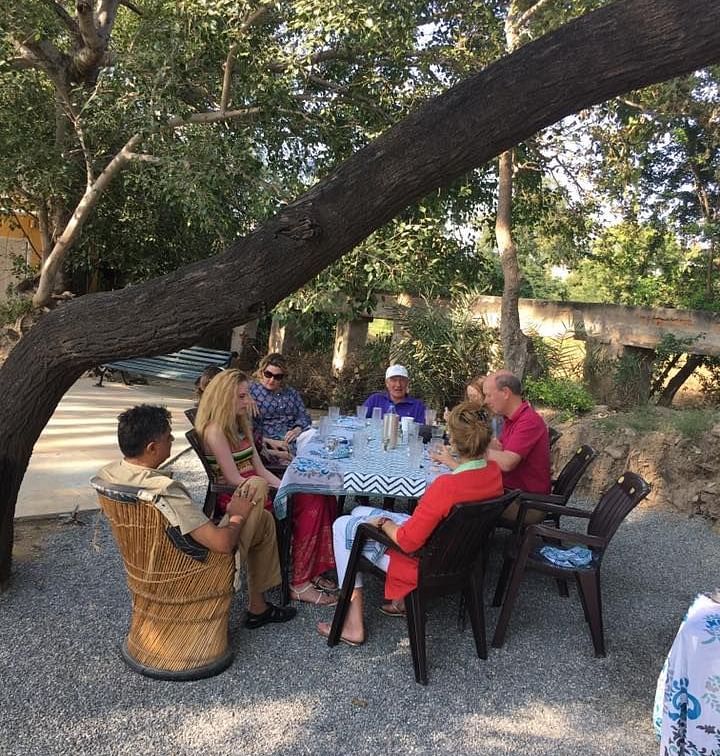
3 Nights Rural Experience
Explore
5 Nights Heritage Experience
Explore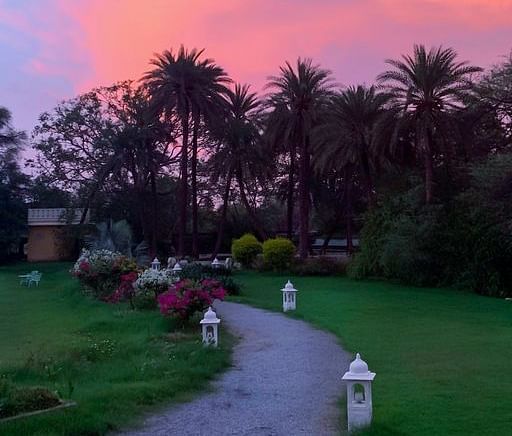
NEWSLETTER
Join our mailing list. Never miss an update!
